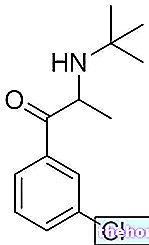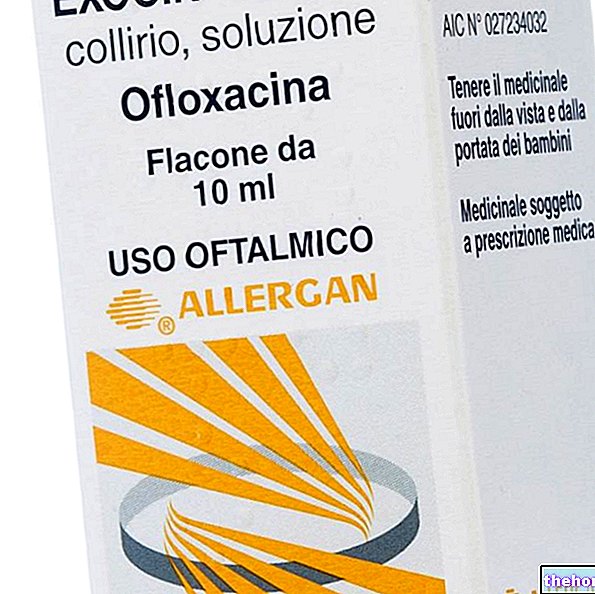- Internal otitis: the inflammatory process involves the inner ear
- Otitis media: the infectious insult affects the middle ear. Its acute variant is the most frequent form of otitis in young children.
- Otitis externa (swimmer's otitis): inflammation involves the external auditory canal with possible involvement of the tympanic membrane.
- Myringitis: The inflammation is limited to the tympanic membrane.
, the intensity of which is proportional to the damage caused by the pathogen: ear pain to touch (otitis externa), emission of purulent material from the ear canal associated with pain (otitis media), sore throat, fever, low-grade fever, stuffy nose, cough.
Among the possible complications, however, we remember: perforation of the eardrum (due to accumulation of pus), hearing impairment, ear itching, tinnitus.
Internal otitis can begin with the onset of dizziness, dizziness and confusion which can be associated with other symptoms, such as nausea, tinnitus, nystagmus.
(for example, analgesics for pain, antipyretics for fever, etc.).
In the case of secretory otitis media (with the release of liquids from the ear), drugs may not be sufficient to reverse the disease: in this case, the doctor may advise the patient to undergo a procedure which consists in draining the accumulated fluid in the "inner" middle ear.
There are other non-pharmacological strategies that can act as a supplement (not a substitute) for drugs: the application of hot compresses directly to the ear helps to remove pain, even if temporarily.
PLEASE NOTE
The information on otitis medications is not intended to replace the direct relationship between health professional and patient. Always consult your doctor and / or specialist before taking any drug or product to counteract otitis.
Below are some of the drugs that can be used in the therapy against otitis; however, as already mentioned, it is up to the doctor to choose the most suitable active ingredient and dosage for the patient, based on the severity of the disease, the state of health of the patient and his response to treatment.
Antibiotic Drugs
In the case of ear infections resulting from bacterial infections, drug therapy involves the use of antibiotic drugs. These, depending on the case, can be administered locally (ear drops), orally (tablets, capsules, oral solution, etc. .) or parenterally (intravenous administration).
The doctor will decide, case by case, which drug to use, in what dose and through which route of administration, depending on the type and severity of the otitis that has affected the patient.
In any case, among the active ingredients that can be used in this sense, we remember:
- Cefixime, a third generation cephalosporin available for oral administration.
- Cefuroxime, another cephalosporin, this time of the second generation, generally used orally in the treatment of otitis.
- Ciprofloxacin, used in the form of ear drops (in association with hydrocortisone) locally, orally or parenterally in the treatment of different types of otitis.
- Neomycin and polymyxin B, generally available - alone or in combination - in medicines in the form of ear drops in combination with corticosteroids and / or local anesthetics.
- Amoxicillin, a penicillin generally administered orally to treat ear infections.
- Ampicillin, another penicillin with a broad spectrum of action.
- Co-trimoxazole, active ingredient deriving from the combination of sulfamethoxazole (a sulfonamide) and trimethorpim (an antibacterial).
- Azithromycin, a macrolide usually used orally in the treatment of acute otitis media.
Corticosteroid drugs
In the "field of" otitis, corticosteroid drugs - very useful for counteracting the inflammatory state - are mainly used locally. In fact, they are found inside ear drops, generally in association with antibiotic drugs and / or local anesthetics.
Among the active corticosteroid ingredients used in this sense we find fluocinolone and hydrocortisone.
Local anesthetics
Similarly to corticosteroids, local anesthetics - as part of the treatment of otitis - are also used locally (ear drops). The active principle most used in this field is lidocaine which is frequently found in association with antibiotics and / or corticosteroids.
Anti-inflammatories and antipyretics
To control the symptoms of otitis and give relief to the patient, the doctor may decide to resort to the administration of non-steroidal anti-inflammatory drugs (NSAIDs) and antipyretic drugs to combat pain and fever. Among the active ingredients that can be used we find, for example , ibuprofen (NSAID) and paracetamol (antipyretic also with a mild pain-relieving action).




























